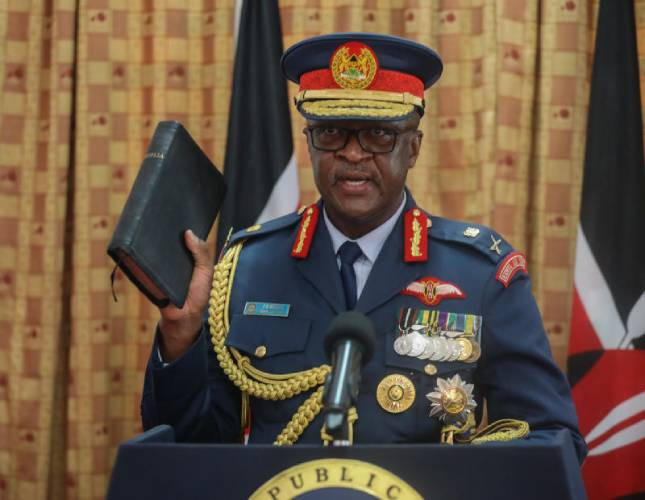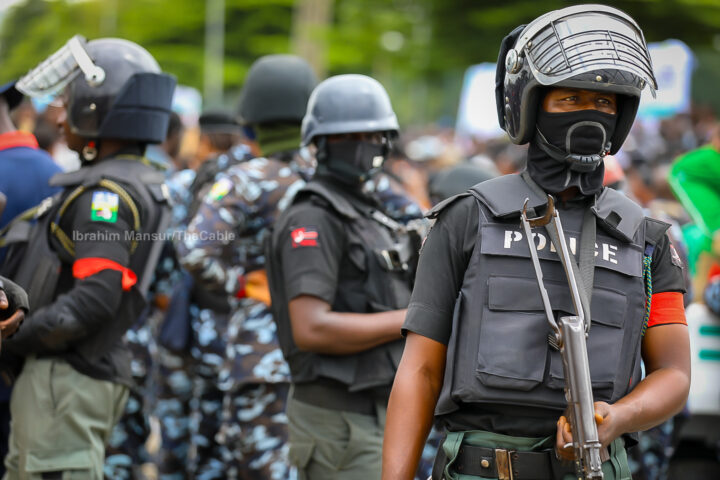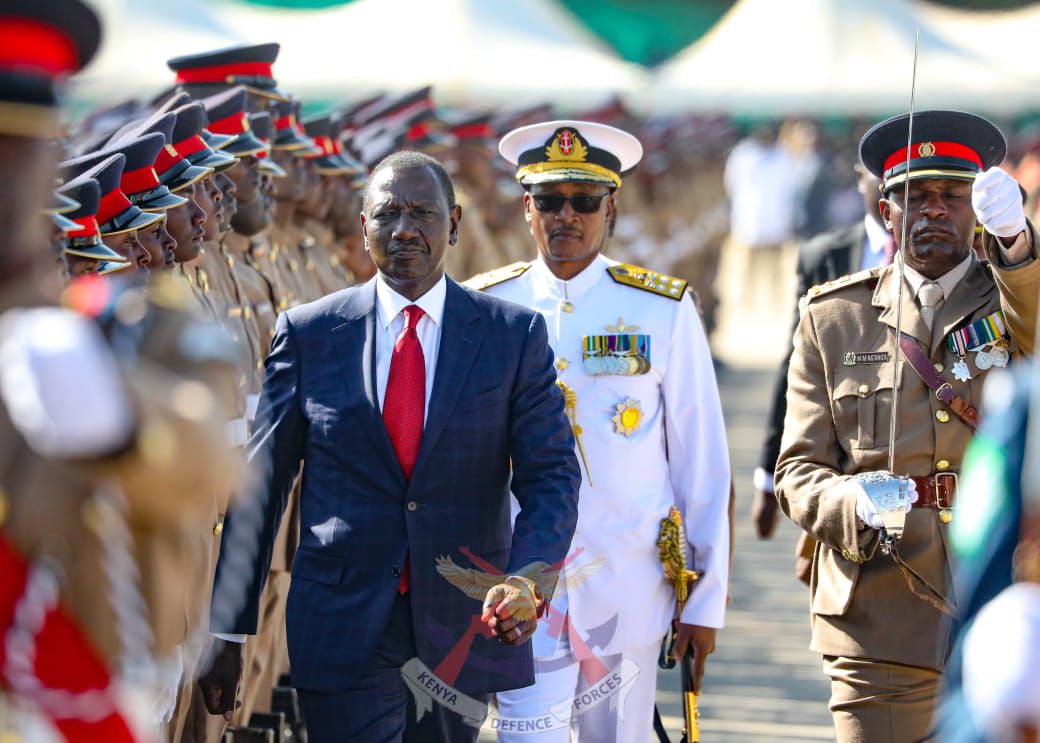CDF Ogolla's Plane Crash Cause Revealed in KDF Report

President William Ruto has received a comprehensive report detailing the findings of the investigation into the helicopter crash that tragically claimed the life of Chief of Defence Forces (CDF) General Francis Ogolla. Defence Cabinet Secretary Soipan Tuya presented the report to the President at State House, Nairobi.
The investigation, conducted by the Kenya Defence Forces, has definitively concluded that the crash was caused by a catastrophic engine malfunction. The official report, released by the Ministry of Defence on April 11, 2025, identifies the aircraft involved as a Bell UH-1H-II (Huey) Helicopter, registration KAF 1501. The report states that the helicopter experienced a sudden and complete power loss due to engine failure while in flight.
According to the report, the crew valiantly attempted to maneuver the stricken aircraft towards a safe landing area. However, despite their best efforts, they were unable to maintain control, and the helicopter crashed in Sindar Village, Elgeyo Marakwet County. The impact resulted in the immediate deaths of General Ogolla and several other occupants of the aircraft.
The Board of Inquiry's official statement reads: “Based on facts and evidence gathered, and indicated in the findings above, the Board of Inquiry is of the opinion that the Bell UH-1H-II (Huey) Helicopter KAF 1501 crashed due to Engine Malfunction.” This finding definitively establishes the cause of the crash as a mechanical failure within the helicopter's engine.
Importantly, the investigation has explicitly ruled out several other potential contributing factors. Pilot error, inadequate maintenance procedures, and adverse weather conditions were all thoroughly investigated and subsequently dismissed. The report emphasizes that the aircraft was deemed airworthy prior to the flight, was crewed by highly trained and experienced pilots, and was operating in favorable weather conditions at the time of the incident. Furthermore, the helicopter had undergone its most recent scheduled maintenance check less than two weeks before the crash, with 19 flight hours remaining until its next scheduled inspection.
Detailed technical analysis of the engine revealed a compressor stall had occurred, with the Measured Gas Temperature (MGT) gauge recording an over-exceedance of 914°C immediately preceding the crash. This critical data point strongly supports the conclusion of a catastrophic engine failure. Eyewitness accounts corroborated the technical findings, with multiple witnesses reporting hearing a loud bang and a distinct change in the engine's sound just before the helicopter went down, further solidifying the engine malfunction theory.









